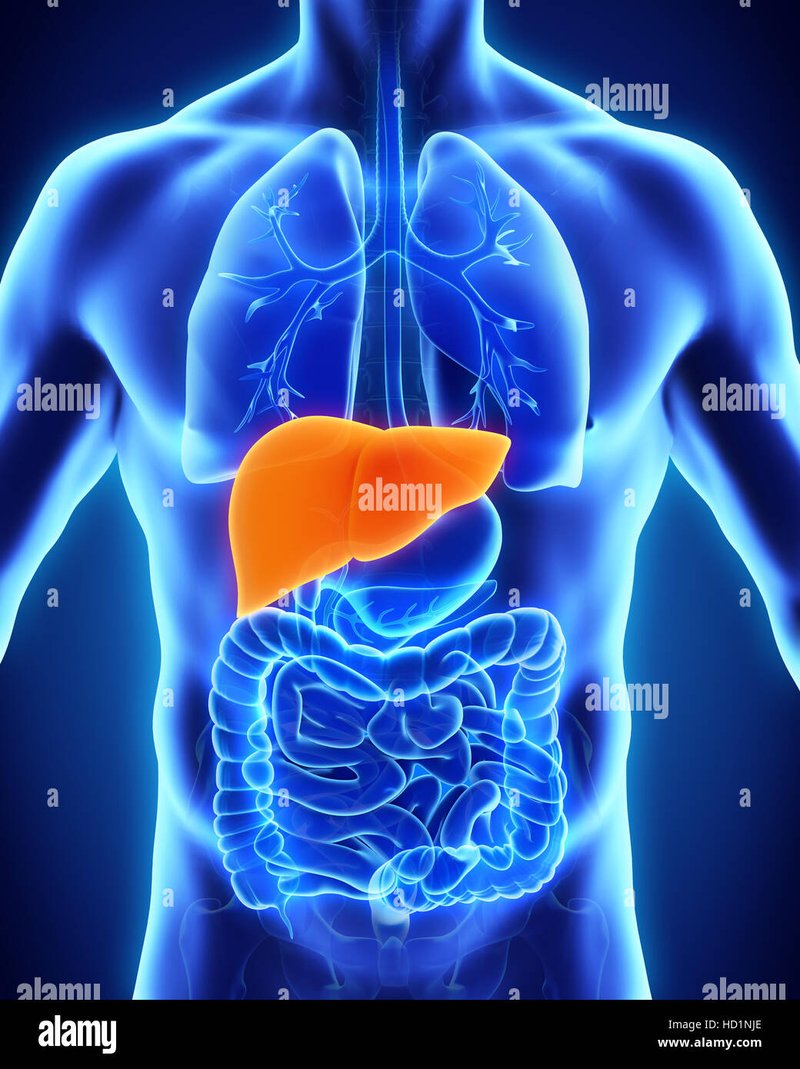
Liver flukes belong to the class Trematoda, and there are several species, but the most infamous among them is the *Fasciola hepatica*. This fluke is notorious for causing liver damage and diseases in animals, particularly sheep and cattle. Let’s dive a little deeper into the world of liver flukes, exploring what they are, how they operate, and why they’re important to understand.
What Exactly Is a Liver Fluke?
Liver flukes are fascinating yet alarming creatures. They are flatworms, meaning they are flattened in shape, which gives them a unique appearance. Think of them like tiny ribbons—long and slippery—living in your liver. Adult liver flukes typically measure about 1 to 3 centimeters long, but don’t let their size fool you. They lead big lives inside the unsuspecting bodies of their hosts!
These parasites have a complex life cycle that often starts in water. When snails (their first host) munch on algae or other organic matter, they may inadvertently swallow liver fluke eggs. Inside the snails, the eggs hatch, and the flukes develop into a larvae stage. Eventually, the larvae exit the snail and can infect other animals by entering their bodies, usually through contaminated water or food.
The Life Cycle of a Liver Fluke
Understanding the life cycle of a liver fluke can feel like piecing together a puzzle. Here’s how it breaks down:
1. Egg Stage: The journey begins when the adult fluke lays eggs in the liver of its host. These eggs are then excreted in the host’s feces.
2. Snail Host: Once in water, the eggs hatch into tiny larvae that seek out snails. Inside the snail, they develop further, multiplying and creating more larvae.
3. Exit Stage: Eventually, the larvae emerge from the snail and enter the aquatic environment. At this stage, they can infect animals like cattle or sheep, typically by being consumed with contaminated water plants.
4. Adult Stage: Once inside the new host, the larvae migrate to the liver, mature into adult flukes, and start the cycle all over again by laying more eggs.
So, the next time you see a cow grazing near a pond, you might wonder, “How many of those liver flukes are hitching a ride?”
Why Should We Care About Liver Flukes?
You might be asking yourself, “Why does it matter if a few flukes are living in a sheep’s liver?” Well, here’s the thing: liver flukes can cause serious health issues for livestock, which ultimately impacts food supply and economies. In infected animals, these parasites can lead to conditions such as liver rot, anemia, and even death if left untreated.
For farmers, managing liver fluke infestations can be a nightmare. Lost livestock means lost income, not to mention the added costs of treatment and prevention. Understanding the threat of liver flukes helps farmers take proactive steps in managing their herds and maintaining healthy livestock.
Signs of Liver Fluke Infection
So, how can you tell if an animal is wrestling with a liver fluke infection? There are a few signs to look out for:
– Weight Loss: Infected animals often lose weight because they can’t absorb nutrients properly.
– Poor Coat Condition: Animals may have dull or rough coats due to malnutrition.
– Behavioral Changes: Look for lethargy or decreased activity. If your sheep or cattle seem to be acting unusually tired, it could be a red flag.
It’s critical to keep an eye on these signs. Early detection means easier and more effective treatment options, preventing the problem from getting out of hand.
Treatment and Prevention Methods
If you suspect that an animal might have liver flukes, don’t panic! Treatment options are available. Here’s a quick rundown:
– Antiparasitic Medications: Your veterinarian can prescribe drugs like triclabendazole. These medications work by killing the flukes and allowing the animal to heal.
– Preventive Measures: The best strategy is prevention. Keep livestock away from areas where snails thrive. You can also manage pastures and watch for signs of excess moisture, which create the perfect environment for snails.
– Regular Check-Ups: Having a vet check your animals regularly will help catch any issues before they escalate.
Taking these steps not only helps protect your livestock but also keeps your farm productive and thriving.
Common Myths About Liver Flukes
There are several myths and misunderstandings surrounding liver flukes, and sorting through them can be helpful. Here are a couple of common ones:
– Myth 1: Only Sheep Get Liver Flukes. While sheep are particularly susceptible, cattle and even humans can contract liver fluke infections, depending on exposure.
– Myth 2: Liver Flukes Are Harmless. This couldn’t be further from the truth! They can cause significant health issues in livestock and, in some cases, may also lead to human health concerns if the flukes are ingested through poorly prepared food.
By busting these myths, we can spread awareness and help prevent liver fluke infestations.
Liver flukes may be small, but they have a big impact on animal health and agriculture. Understanding what liver flukes are, how they live, and the problems they cause can help us manage their presence effectively. Whether you’re a farmer, a veterinary professional, or simply someone curious about nature, knowing about these parasites is valuable.
Let’s keep learning and sharing knowledge about the little things in nature—like liver flukes—that can have surprisingly large effects on our lives! So next time you come across a cow or a sheep munching by the water’s edge, you can appreciate not just their beauty but also the hidden complexities of the ecosystem they live in.

